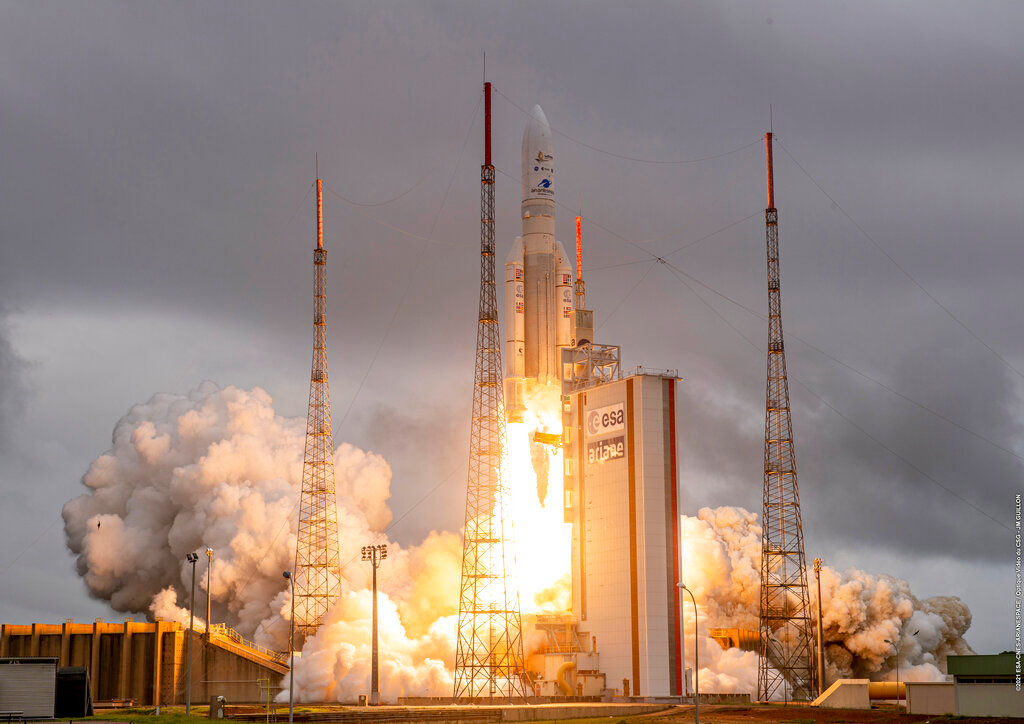The James Webb Telescope has crossed the altitude of
the Moon as engineers performed the second burn. Termed as NASA’s premier space
observatory of the next decade the telescope launched on Christmas Day from French
Guiana.
The agency refers to this process as “29 days on the edge” while the observatory unfolds its massive suns hield and reaches a special point in the orbit that is a million miles away from Earth.
Also Read: James Webb telescope launches to search the universe for life
NASA said that a total of three mid-course
corrections (MCC) manoeuvres need to be performed to align the spacecraft for
its intended destination, with two already complete, the third is set for 29
days after the launch which will insert Webb into the optimum orbit around L2.
“This burn fine-tunes Webb’s trajectory after launch. The duration of the
burn will depend on Ariane 5 launcher performance,” NASA said in a
statement.
Also Read: All you need to know about James Webb Space Telescope
While the two burns are complete, the
telescope still has over 27 days of the journey ahead of itself to trek the
15,00,000 kilometres distance from Earth. A lot of things still needs to happen
with pinpoint accuracy to ensure the telescope begins its mission looking at
the birth of our universe.
Also Read: Ground control to Major Tom: James Webb Space Telescope is en route
What is next?
The James Webb Telescope in space will be
one of the most challenging achievements ever to be undertaken by humans.
“There are no second chances, we have
300 single-point failure items and they all have to work right, when you are a
million miles away from Earth, you cannot send someone to fix it. We have never
put a telescope this far away from us and everything has to be right,” said
Mike Menzel, Webb Mission Lead System Engineer.
Also Read: China seeks US protection for space station from SpaceX’s satellites
With two course corrections, the next
attempt will be to deploy the sun shields on the telescope, which will protect
the instruments from the heat generated by the Sun, Moon and the Earth. The
deployment begins three days after launch as scientists lower the sun-shield
and raise the primary mirror and instrument away from it. With the solar wind
pushing the spacecraft, a turn tab will be deployed to keep it stable.







